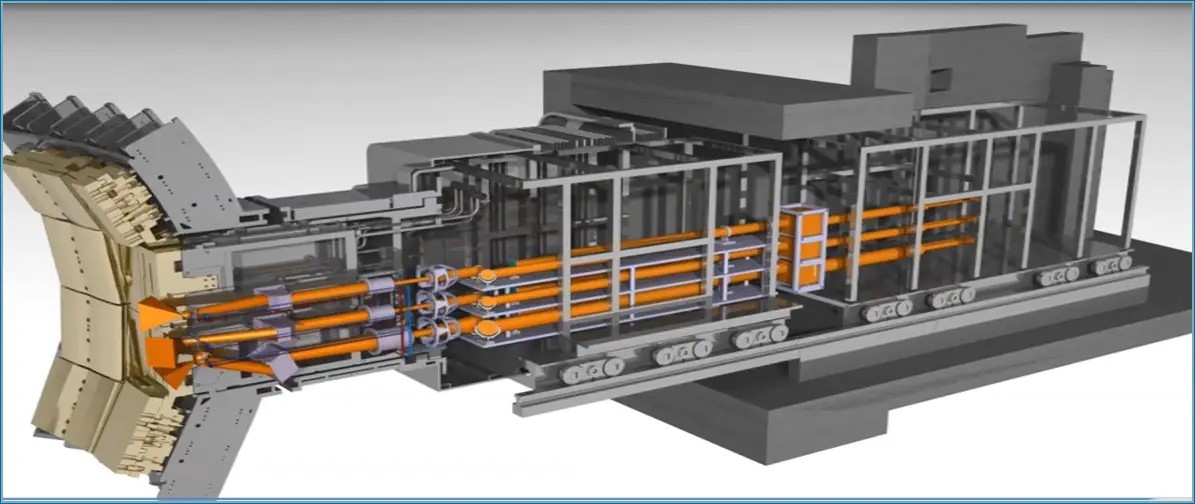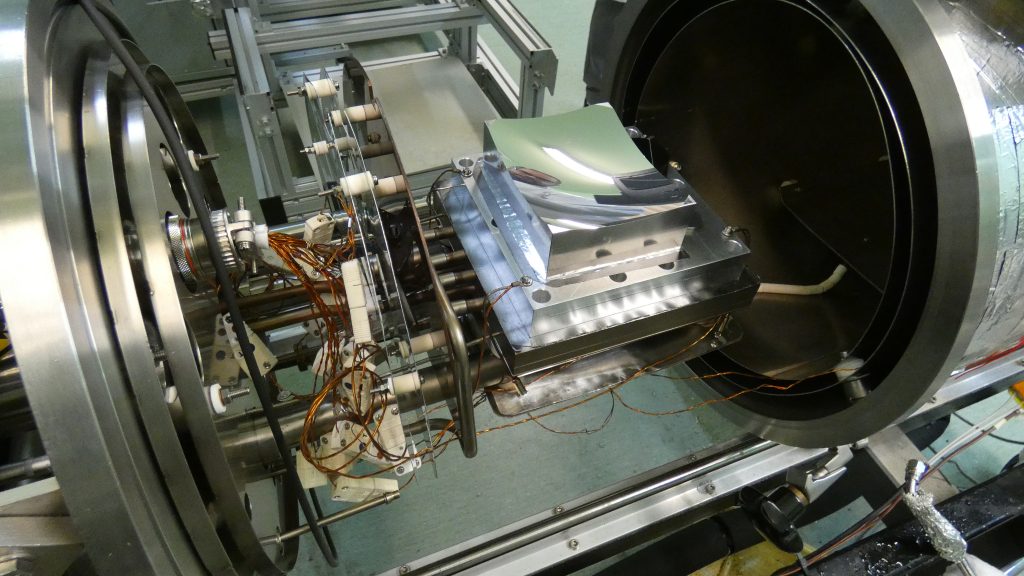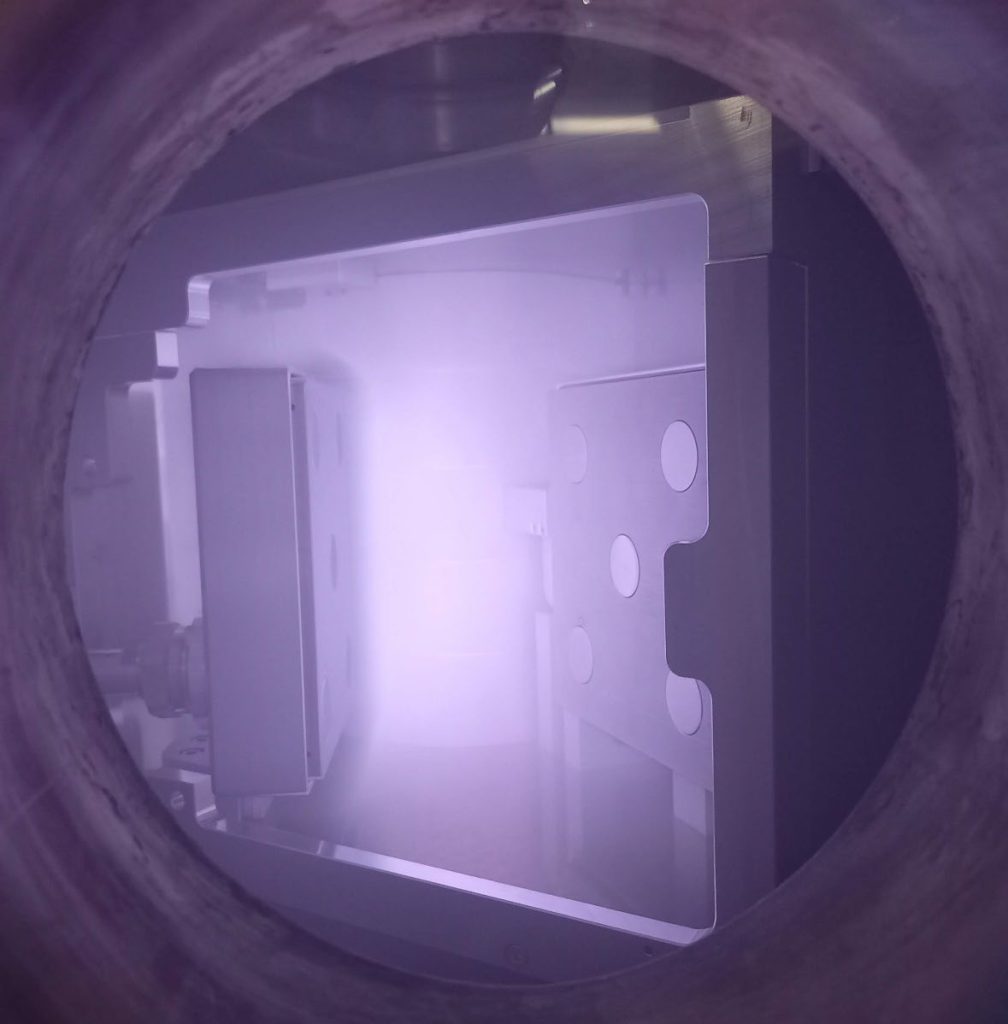How will ITER measure the temperature of components facing the plasma?

Design of the Wide-Angle Viewing System in the Equatorial Port 12. ©CEA
In ITER, the plasma is expected to reach temperatures up to 150 million °C—ten times hotter than the core of the Sun. Experts operating the device will need to keep a close eye on the components facing this harsh environment. They will do so thanks to an advanced optical technology, the Wide-Angle Viewing System (WAVS).
The WAVS, part of the range of European-made ITER diagnostics, is designed to capture visible and infrared light from the divertor and the main chamber wall. This will provide real-time measurements of the surfaces’ temperature, helping operators detect overheating and prevent damages.
The system consists of 15 lines of sight, located in four different vacuum vessel ports to cover about 80% of the inner surfaces. Each line will collect the light via an entrance pupil, and channel it through a series of mirrors and lenses up to the cameras located at the back end of the port-cell. In total, the WAVS comprises more than 600 opto-mechanical components, 60 cameras, plus other ancillary equipment.
Fusion for Energy (F4E), responsible for the design of the 15 WAVS lines and the procurement of 11, has set the production phase in motion. To speed up the process, pre-shaped raw materials were purchased from Rolf Kind in 2023. Now, F4E has signed a new contract with Empresarios Agrupados, Bertin, and AVS (EBA consortium) to manufacture the first port plug components.
These include three first mirror units, a gateway designed to collect and transfer the light into the system. It’s a standard optical technology; however, their exposure to the harsh conditions inside ITER added complexity to their design. The mirrors will be cooled through thermohydraulic circuits and coated with rhodium to ensure both resistance and reflectivity.

The design is the result of 10 years of collaborative work with European scientific institutes like, CEA, CIEMAT, INTA, SCK CEN and KIT, as well as the company Bertin. “We performed comprehensive tests to select the most suitable materials and carried out extensive R&D and prototyping. Thanks to our collective expertise, we found robust solutions for critical mechanisms and techniques,” explains Frédéric Le Guern, Project Manager for F4E.
One of these challenges was the exposure of the first mirrors to particle depositions that could blind them. In a partnership with the University of Basel, the team developed a technique to clean them in-situ. The process, known as “radio frequency cleaning”, ignites a plasma in front of the surfaces to remove the contamination.
Looking ahead, F4E, ITER Organization and the partners have worked together to anticipate issues in manufacturing. Once again, teamwork proved fruitful. “Our close collaboration has ensured a solid plan, giving all sides the confidence to start producing the components. We are looking forward to the next stage” claims Le Guern.
